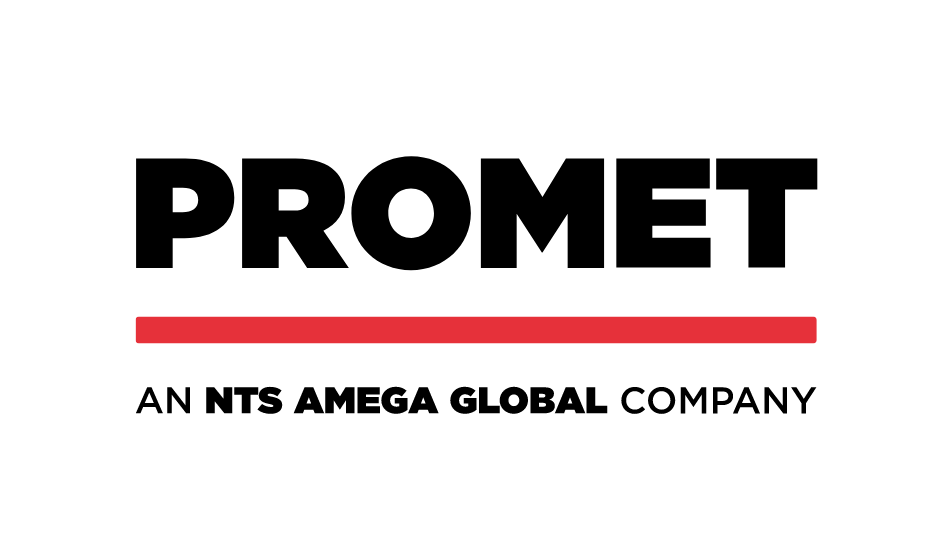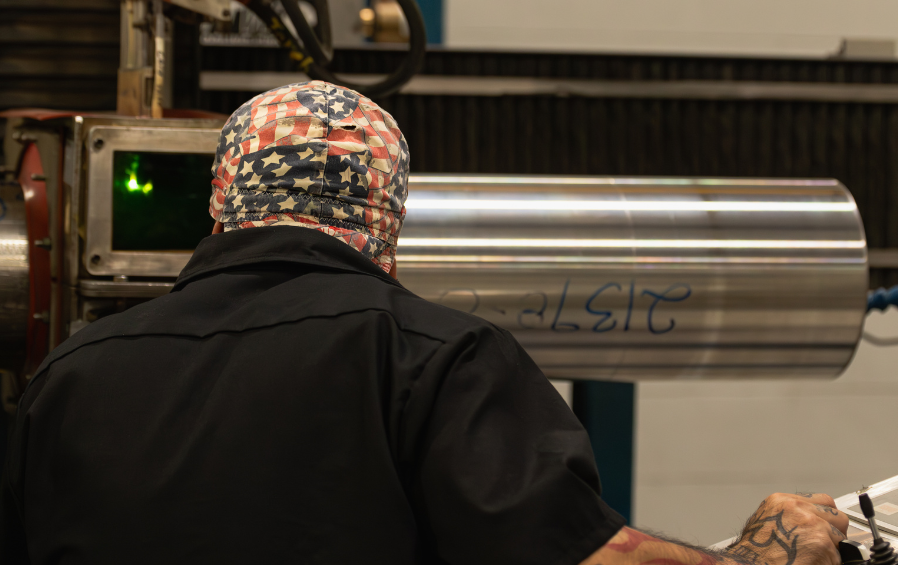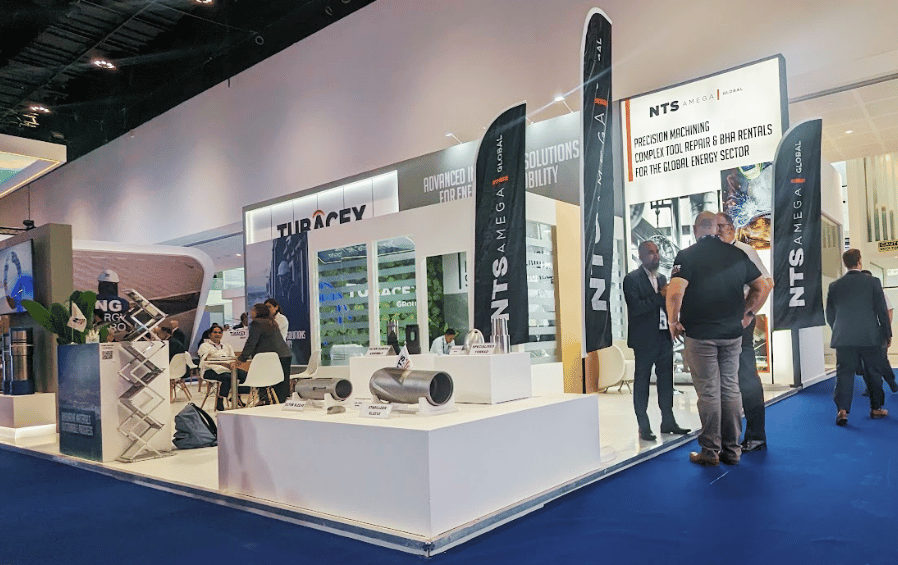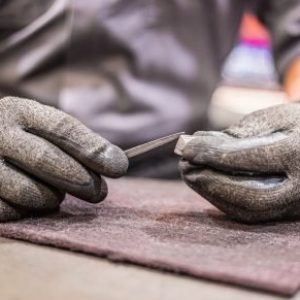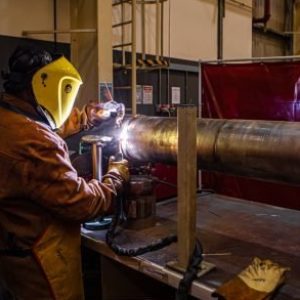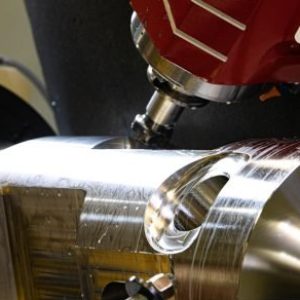Understanding Intervention in Oil and Gas: A Critical Component of Well Management
In the oil and gas industry, ensuring the efficient and safe extraction of resources is paramount. One of the key practices that make this possible is intervention. But what exactly is intervention in the context of oil and gas, and why is it so critical?
Let’s delve into the concept of intervention, explore its importance, discuss how manufacturers like NTS Amega Global translate intricate designs into high-performing tools, and examine the challenges faced during interventions.
What is Intervention in Oil and Gas?
Intervention refers to a set of operations carried out within a well after it has been drilled and completed. These operations are aimed at managing and maintaining the well, resolving issues, optimizing production, or even enhancing the well’s overall output. Intervention can be planned, such as routine maintenance, or reactive, in response to unexpected issues like blockages, equipment failure, or a drop in production efficiency.
There are two main types of well intervention:
- Light Intervention: These are minimally invasive procedures often conducted without the need to remove the wellhead or tubing. Techniques like wireline operations, coiled tubing, or pumping are commonly used.
- Heavy Intervention: These operations are more complex and typically require the removal of the wellhead or tubing. They include major repairs, replacement of components, or recompletion activities.
Why is Intervention Important?
Intervention plays a critical role in the lifecycle of a well for several reasons:
- Maximizing Production: Over time, the production rate of a well can decline due to various factors like reservoir depletion, scaling, or sand ingress. Intervention helps restore or enhance production levels by addressing these issues.
- Ensuring Safety: Wells are subjected to harsh conditions that can lead to equipment degradation or failure. Intervention ensures that the integrity of the well is maintained, thereby safeguarding both the workforce and the environment.
- Cost Efficiency: By conducting timely interventions, operators can prevent minor issues from escalating into major problems that could require costly repairs or lead to well abandonment.
- Prolonging Well Life: Regular interventions can extend the productive life of a well, allowing operators to maximize their return on investment.
Translating Intricate Designs into High-Performing Tools
In the context of well intervention, the operation’s success heavily depends on the quality and performance of the tools used. At NTS Amega Global, we specialize in translating intricate designs into high-performing tools that meet the demanding requirements of the oil and gas industry.
- Precision Manufacturing: Our advanced manufacturing processes ensure that every tool is produced with the highest level of precision, adhering to strict tolerances and specifications. This is crucial for tools that must operate in high-pressure, high-temperature environments.
- Material Selection: The choice of materials is vital in the design of intervention tools. We use materials that offer superior wear resistance, corrosion resistance, and durability. This ensures that our tools can withstand the harshest conditions.
- Innovation in Design: We work closely with our clients to develop innovative tool designs that address specific challenges in well intervention. This collaborative approach allows us to create customized solutions that enhance the efficiency and effectiveness of intervention operations.
Challenges of Interventions
Despite the advancements in technology and tool design, interventions in oil and gas wells present several challenges:
- Complex Wellbore Conditions: The conditions within a wellbore can be highly variable and challenging. Issues can include high temperatures, high pressures, and the presence of corrosive fluids. These conditions require tools that are not only robust but also highly adaptable.
- Access and Space Limitations: In many cases, accessing the wellbore for intervention can be difficult due to the well’s depth, the presence of existing equipment, or narrow spaces. This requires tools that are compact, flexible, and capable of performing in constrained environments.
- Real-Time Monitoring and Control: Effective intervention often requires real-time data to make informed decisions. This necessitates the integration of advanced sensors and control systems within the tools, which adds to the complexity of the design and manufacturing process.
- Operational Risks: Interventions carry inherent risks, including the potential for well control issues, equipment failure, or accidental release of hydrocarbons. Mitigating these risks requires thorough planning, the use of reliable tools, and the expertise of experienced operators.
Intervention is vital to well management in the oil and gas industry. This process ensures that wells remain productive, safe, and operationally efficient throughout their lifecycle. At NTS Amega Global, we understand the critical nature of these operations. We are committed to providing high-quality, precisely engineered tools that meet the unique challenges of well interventions.
We combine cutting-edge technology, innovative design, and a deep understanding of industry needs. This enables us to help our clients achieve successful intervention outcomes, ultimately contributing to the sustained success of their operations.
If you’re looking for reliable and effective intervention tools, or need expert advice on managing your well interventions, contact us today. Let us help you optimize your well operations with the right tools and expertise.


